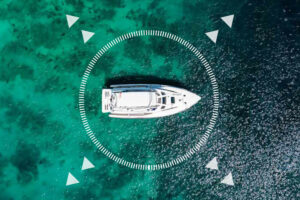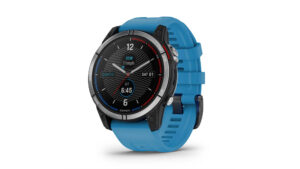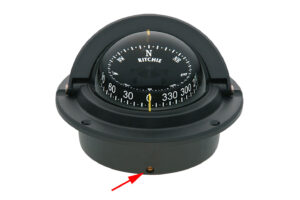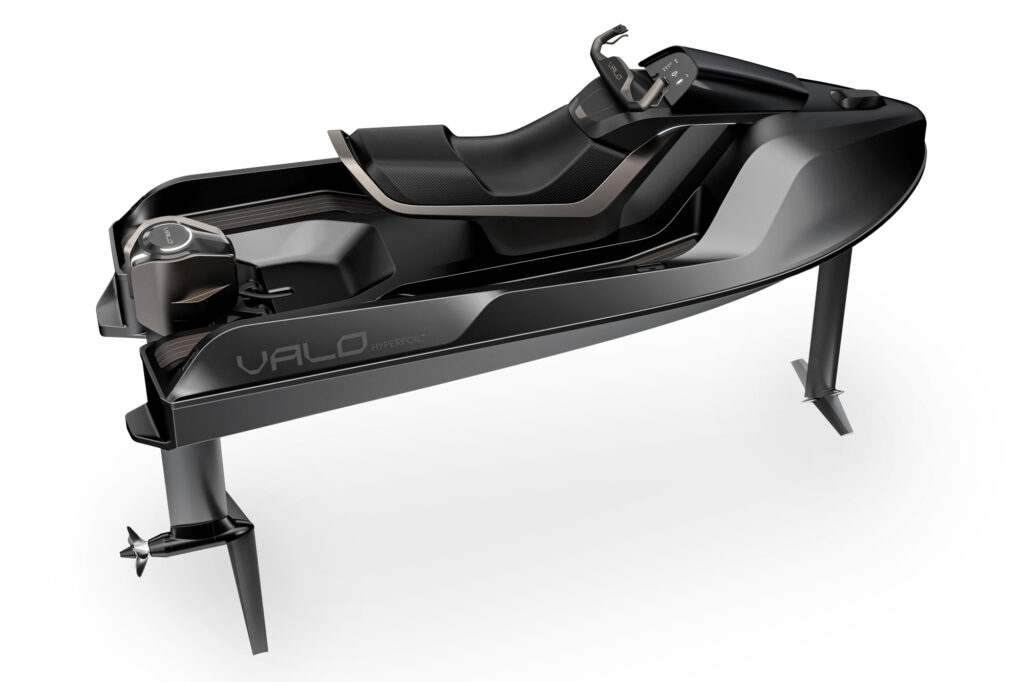
The way Ed Kearney sees things, a new era of foiling technology has arrived. He hopes to lead it as CEO of the California startup Boundary Layer Technologies.
Military applications were the first era, in the 1970s, with foiling torpedo boats. The second era started about a decade ago, when America’s Cup teams invested heavily in foil engineering. Today, the idea is to make the technology accessible to everyone—with products like the Valo Hyperfoil, a personal watercraft that combines electric propulsion with foils for speeds approaching 35 knots.
“The silence is bizarre and exciting,” Kearney says. “You don’t even hear the water sloshing. It’s a very quiet hum of the electric motor, and then there’s the wind and the birds chirping.”
Boundary Layer Technologies was founded in 2019 and has worked on a few marine-specific concepts, including a micro container ship that could replace air freight, and a 150-passenger ferry. The costs for those prototypes were quite high for a startup, so in late 2022, the company pivoted to the recreational product. It built a prototype of the personal watercraft, then used lessons learned to create the updated design that was unveiled at the Fort Lauderdale International Boat Show in October 2023.
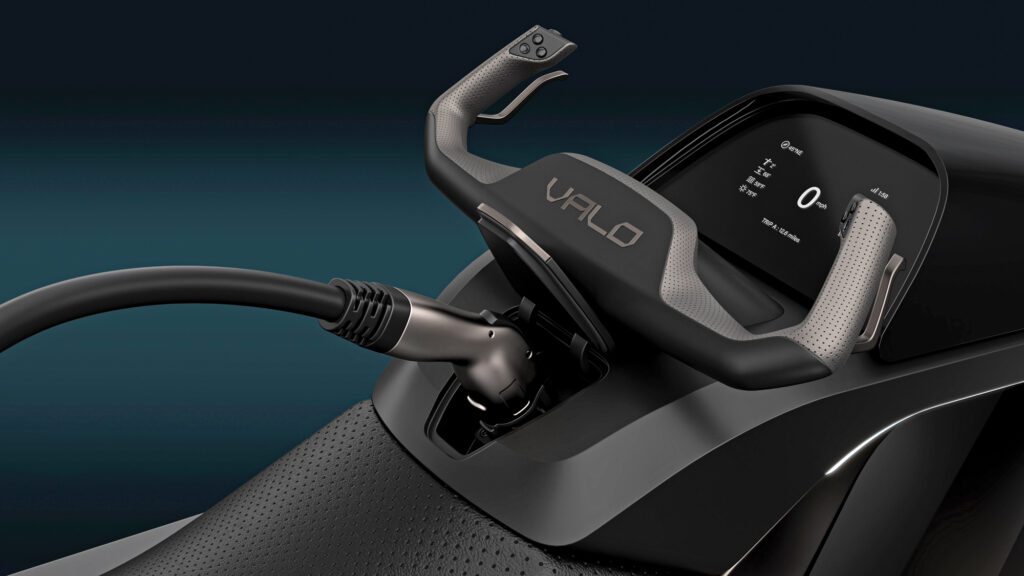
“Most people we spoke to—whether they were boatbuilders or yacht crew—said: ‘I think I’ve seen that thing. That’s cool,’” Kearney says.
The price point for the Valo Hyperfoil ($59,000) is more than double most traditional PWCs, but Kearney says that the company already has about 60 orders. A limited production run is expected to begin this year, with the main production run starting in 2025.
“We’ve had people ask us the dimensions to see if they will fit in the garage of their yacht,” he says. “We have customers who live on lakes. We have customers out here on San Francisco Bay. All of them like technology and want to be part of this new era in boating.”
Projected range for the Valo Hyperfoil is more than 60 nautical miles at an average speed of 27 knots. Put another way, it should run for close to two and a half hours at about 21 knots. A three-hour charging session brings the battery back to full.
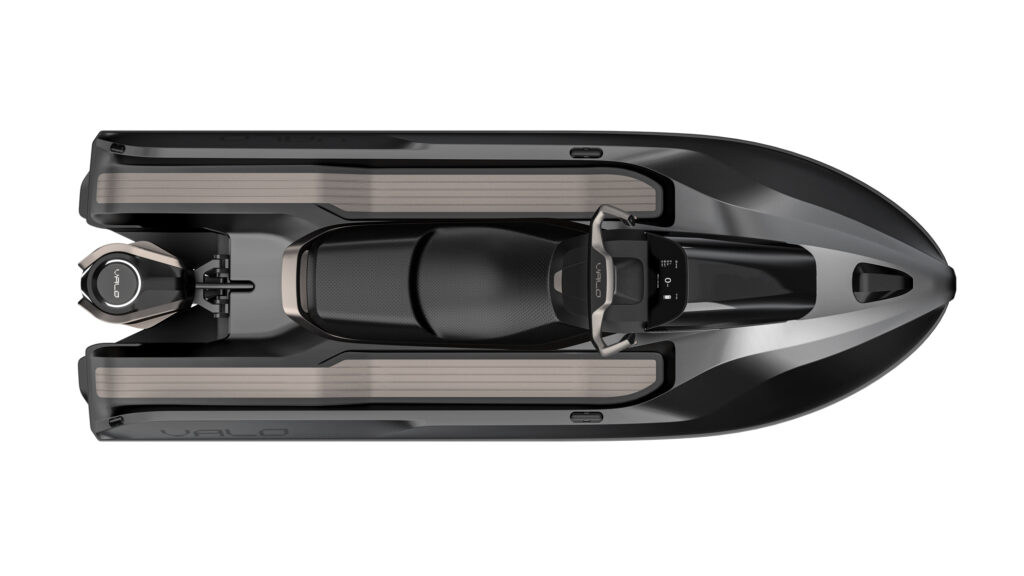
And the Valo Hyperfoil can be towed or stowed in traditional ways. “You can put it in a garage or on the deck of a yacht,” Kearney says. “The foils fully retract, and the back one has a tilt system like an outboard engine.”
Keeping Balance
Ask any America’s Cup skipper, and they’ll tell you that a foiling craft can be hard to balance. That’s why the Valo Hyperfoil has a control system called Skyride that uses advanced algorithms to adjust the foils hundreds of times every second. “The control system is very hard to build, and that’s one thing we are really good at as a company,” says Ed Kearney, CEO of Boundary Layer Technologies.


